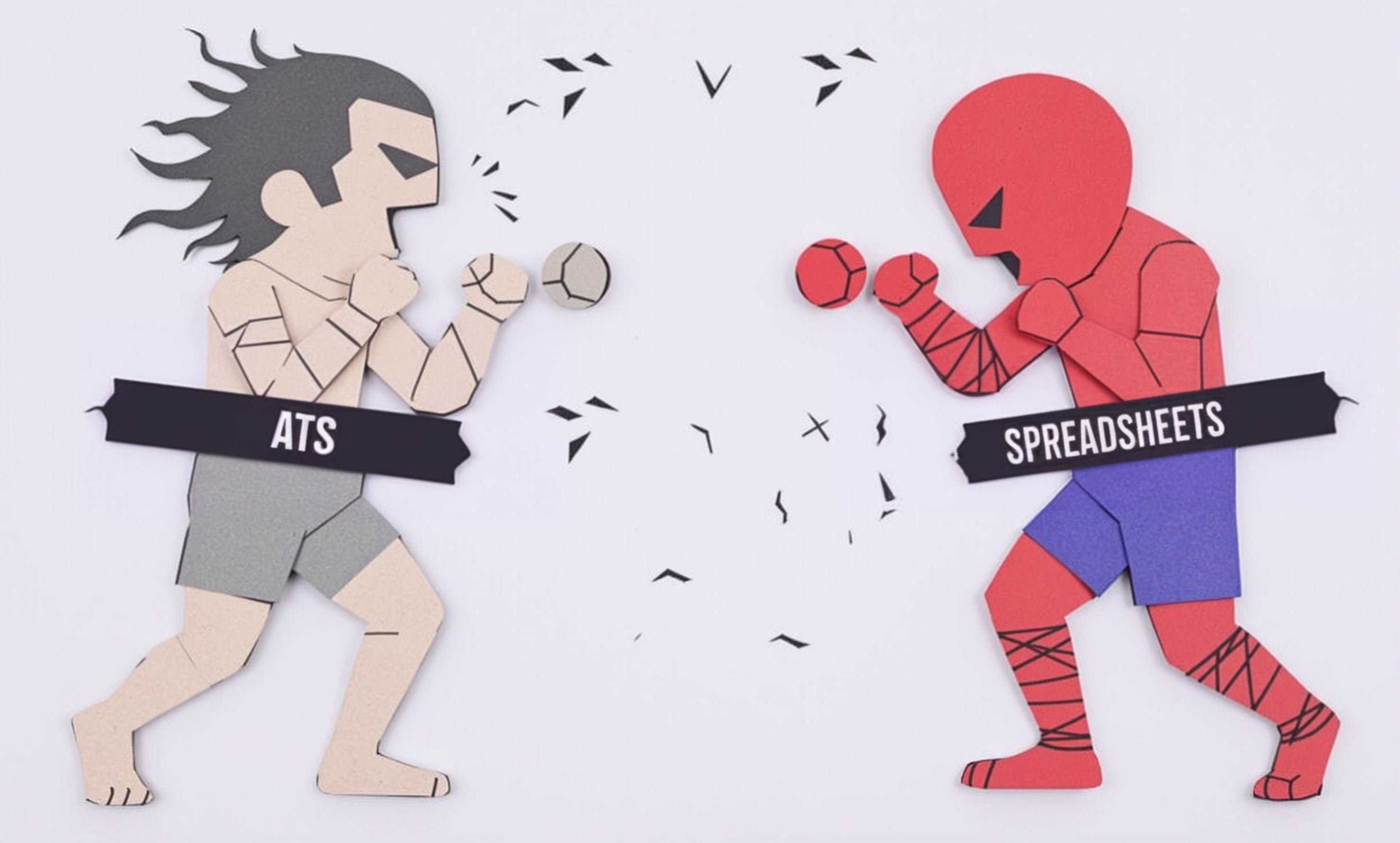
Spread
A "spread" refers to two facing pages of a book or publication that are designed to be viewed together as one visual unit. In book illustration and publishing, it's like a canvas made up of the left and right pages when a book is opened flat. Illustrators and designers often plan their work across both pages to create more impactful visuals, especially in children's books, magazines, and graphic novels. Similar terms include "double-page spread" or "two-page spread." This is a fundamental concept in book design and illustration that allows creators to tell stories through larger, more dramatic artwork.
Examples in Resumes
Created engaging Spread designs for award-winning children's book series
Developed 25 full-color Spreads for educational textbooks
Designed dynamic Double-page Spread layouts for magazine features
Illustrated 15 Two-page Spread sequences for graphic novel
Typical job title: "Book Illustrators"
Also try searching for:
Where to Find Book Illustrators
Professional Organizations
Online Communities
Job Resources
Example Interview Questions
Senior Level Questions
Q: How do you approach planning a series of spreads to maintain visual consistency throughout a book?
Expected Answer: A senior illustrator should discuss their process for creating style guides, maintaining character consistency, color palette planning, and how they manage the flow of visual storytelling across multiple spreads.
Q: Can you explain how you handle art direction and coordinate with publishing teams on spread designs?
Expected Answer: Should demonstrate experience in collaborating with art directors, editors, and authors, understanding print specifications, and managing revision processes while maintaining artistic vision.
Mid Level Questions
Q: How do you consider the book's gutter (center fold) when designing spreads?
Expected Answer: Should explain awareness of not placing important visual elements in the gutter, understanding safe zones for artwork, and how to create designs that work across the fold.
Q: What's your process for integrating text and illustrations in a spread?
Expected Answer: Should discuss leaving appropriate space for text, working with different text layouts, and creating illustrations that enhance rather than compete with the text.
Junior Level Questions
Q: What is a spread and why is it important in book illustration?
Expected Answer: Should be able to explain that a spread is two facing pages and discuss basic concepts of how it creates opportunities for larger illustrations and storytelling.
Q: How do you ensure your spread designs are printer-friendly?
Expected Answer: Should demonstrate basic knowledge of bleed areas, safe margins, and standard spread dimensions for different book formats.
Experience Level Indicators
Junior (0-2 years)
- Basic spread layout understanding
- Simple character consistency
- Understanding of print requirements
- Basic digital illustration tools
Mid (2-5 years)
- Advanced composition techniques
- Text and image integration
- Multiple spread management
- Style guide implementation
Senior (5+ years)
- Complex visual storytelling
- Art direction experience
- Project management
- Team coordination
Red Flags to Watch For
- No understanding of print production requirements
- Unable to maintain consistent style across multiple spreads
- Lack of experience with industry-standard illustration software
- Poor communication skills with authors and editors
- No knowledge of children's book age groups and requirements
Related Terms
Need more hiring wisdom? Check these out...

Workforce Solutions Aggregators: The Next Big Thing You Didn't Know You Needed

Why Your Hiring Spreadsheets Are Secretly Sabotaging Your Recruitment

Beyond Spreadsheets: Why Executive Dashboards in ATS Systems Are Your Secret Hiring Weapon

